
Nakajima A6M2-N Type 2 Rufe
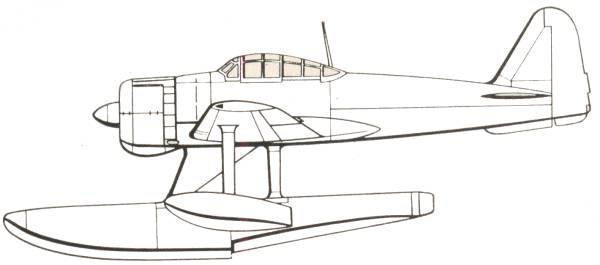
The Nakajima Rufe was a float version of the Mitsubishi A6M2 Zero fighter. It was built as a stop gap measure until a purpose designed float plane could be built. Work began on this project in February of 1941. The airframe was nearly identical to the Zero apart from some redesign of the vertical tail surfaces to enlarge the rudder and the provision for a small ventral fin. A large central float was attached to the fuselage by a forward sloping pylon and braced in the back by V struts. Two stabilizing floats were attached to the main spar by slim cantilever struts. The prototype was completed in December of 1941 and production began in April of 1942 with deliveries to the JNAF starting before the end of 1942. It was first encountered at Guadalcanal and was later assigned to the Aleutians being based on Kiska and Attu. There they served as a defensive fighter and reconnaissance fighter rather than an offensive air cover fighter for use over Japanese landing operations as originally envisioned. A total of 327 A6M2-N's were built before production terminated in September of 1943. During the closing stages of the war the type had largely been relegated to the training role due to its low performance.
The Kit
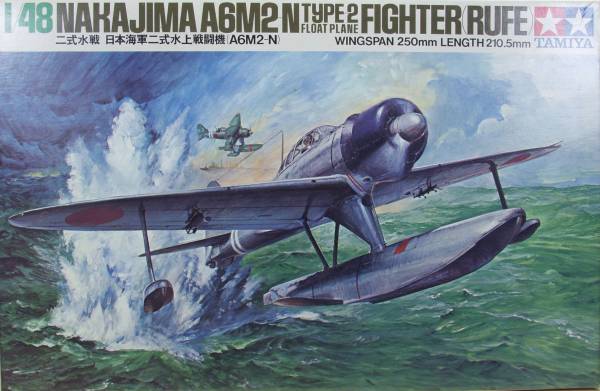
The Tamiya Rufe kit is one of their older kits. I could find no date on it but the kit made its appearance in 1973. That being said the kit is very close to being state of the art with recessed panel lines, an accurate outline and a decent cockpit interior, all ground breaking features at the time. The box is a top open two part box with nice artwork of a Rufe bombing something. Inside the box are two bags. One has two sprues and the lower wing while the other has one sprue, the clear parts and decals. Not the best arrangement but only one piece of the clear parts appeared to suffer any from the arrangement. The parts are molded in a light gray plastic and as mentioned above had nice recessed panel lines and some recessed rivet detail. The parts had a light amount of flash on some pieces. Other than some scuff marks from shipping I found no surface defects on the airframe parts. The finish was smooth and shiny. The fabric detail on the control surfaces was lightly done and quite nice. I did not find any ejector pin marks that would show after assembly. There was a sink mark where the instrument panel goes. There is no raised instrument panel detail, just a decal. The engine detail is nothing to write home about but not all that bad. The kit includes two pilot figures, one standing and one seated. The cockpit detail is really nice for this old of a kit and should paint up OK. The seat has belts and harness molded on but they are so shallow it's difficult to see them and it would be even harder to paint them. The kit includes two under wing bombs and a beaching dolly. All total there are 55 parts in gray. See photos below.
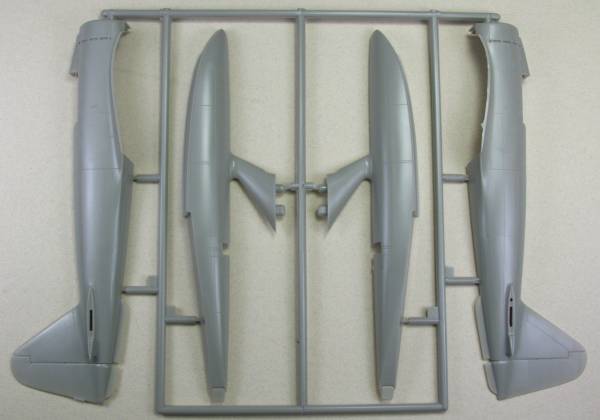
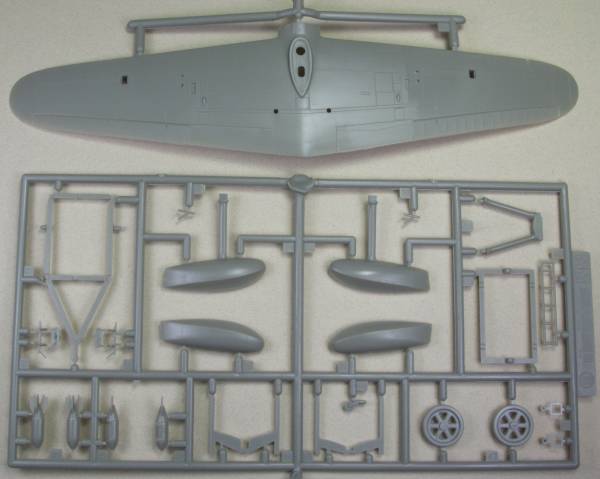
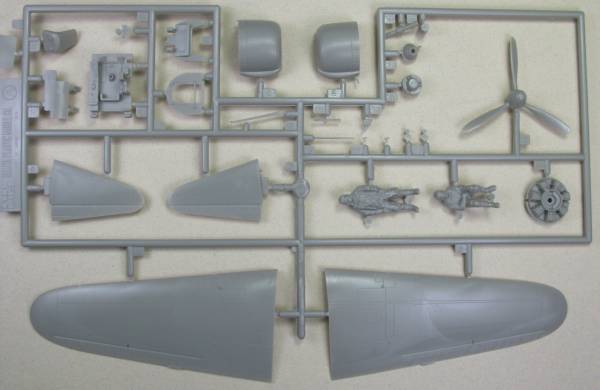
The clear parts are a tad thick but probably thinner than norm at the time. The parts were clear except one which looks to have a bunch of thin spider cracks on the inside. Both open and closed parts are provided. The one funny shaped piece is a prop to be used to prevent tail sitting. No weight is provided and will need to be added if you don't want to use the prop. All together there are 5 clear pieces for a kit total of 60 parts. See photo below.
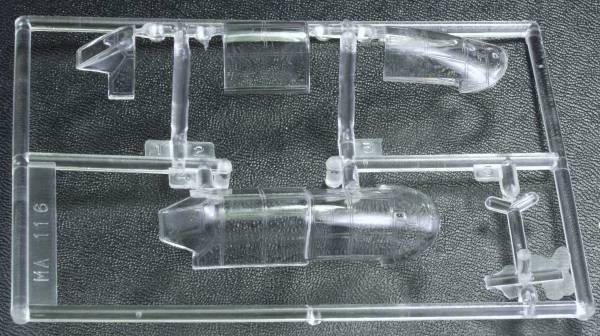
For being over 30 years old the decals don't look too bad, they appear a bit thick but seem to be in register. They cover markings for two aircraft and include some smaller markings. See photo below.
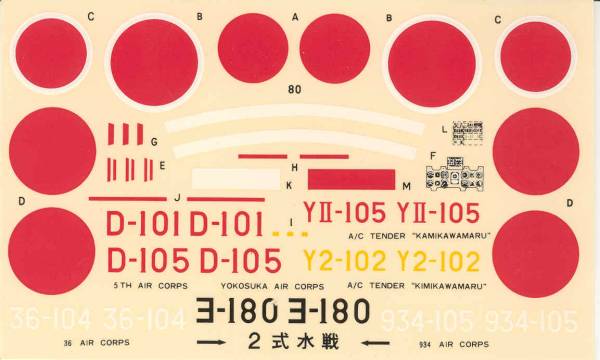
The instructions are in Japanese, which I think was typical of Tamiya at the time the kit was released. Fortunately the pictorial diagrams should be adequate for assembly but you will need to use other resources for interior color call outs and for painting up the pilots. Fortunately Tamiya included a glossy sheet with color side profiles of both of the aircraft
After Market Goodies
Due to the age of the kit there is not a lot specific to this kit but I suspect most anything made for A6M2 Zeros could be made to work. In my case I'm only planning the Eduard [FE 385] color zoom primarily for the painted instrument panel as the kit uses only a decal. It also includes side consoles, some black boxes and seat belt and shoulder harness which should bring the kit up to contemporary standards. See photo below.
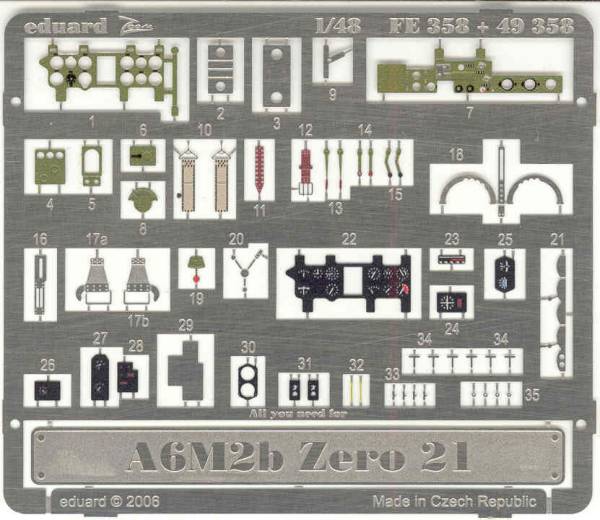
Conclusions
For its age, this kit has held up well. It obviously was ahead of its time detail wise. It can't vouch for how well things fit together but I suspect it's not far off from the Tamiya we know today.
Links to kit build or reviews
None found specific to this kit.
References
"Warplanes of the Second World War Volume Six-Floatplanes" by William Green
Back to the Floatplanes page
Updated 6/8/08